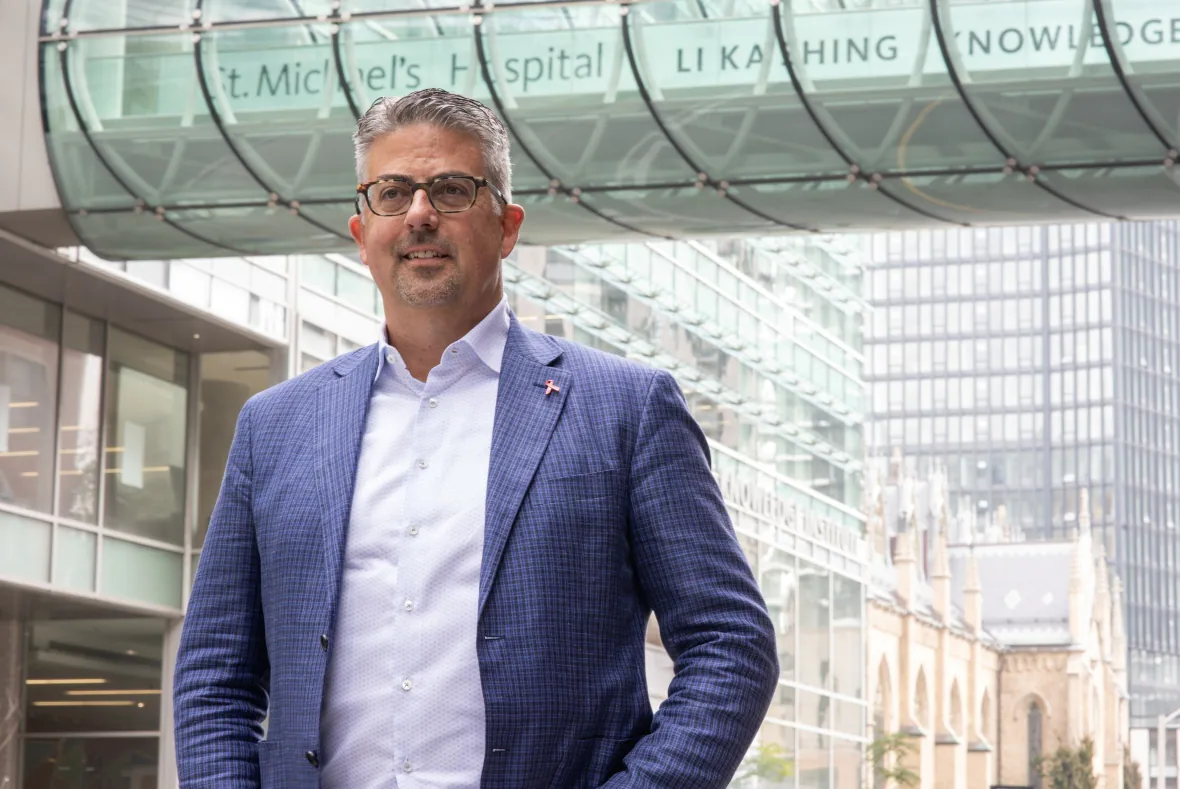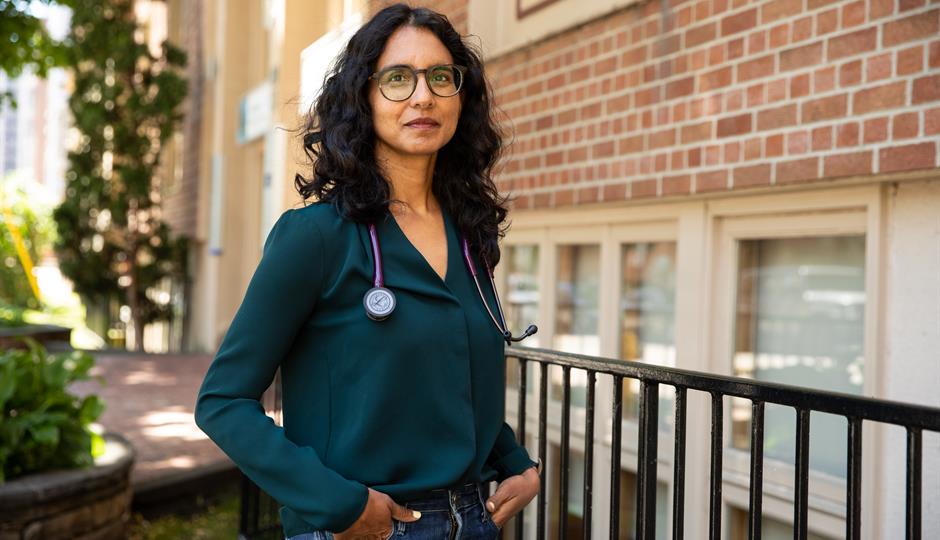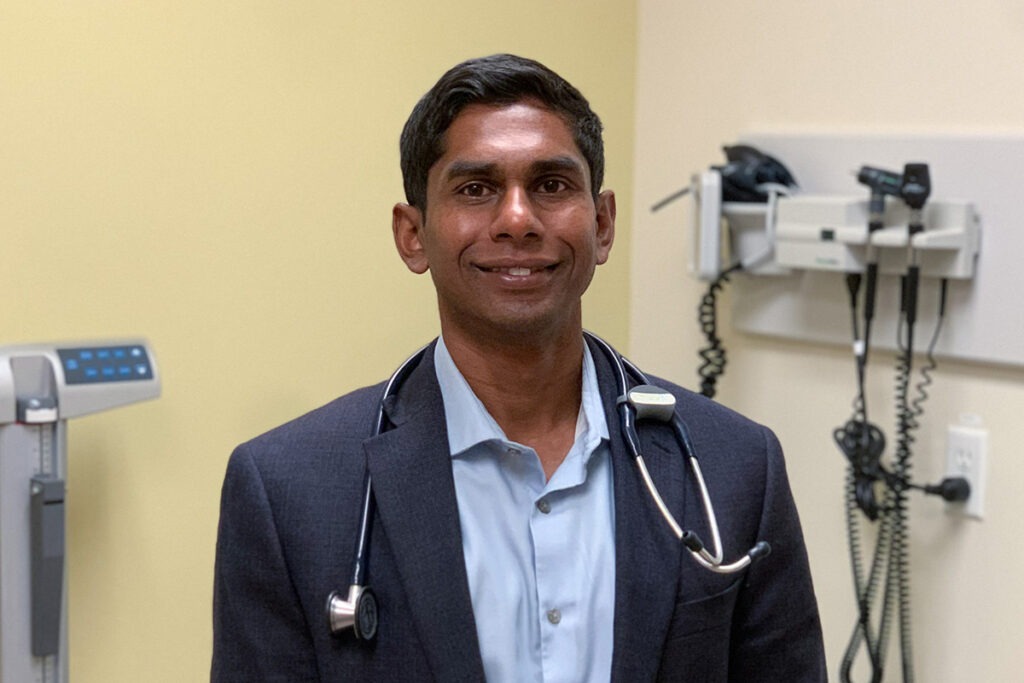Related: Read MAP’s open letter to Tribunals Ontario
From the Toronto Star
The body responsible for resolving disputes between tenants and landlords in Ontario will be permanently holding virtual hearings.
The move has raised alarms for lawyers, physicians and advocates of tenants’ rights, who say defaulting to remote hearings at the Landlord and Tenant Board of Ontario will shut out marginalized people in the province from having a fair hearing. The board, however, says digital hearings will increase efficiency and access in a backlogged system.
Dania Majid, a lawyer with the Advocacy Centre for Tenants Ontario, said she fears the move will especially affect those who face language barriers, low-income people who don’t have adequate technology, and those with mental and physical illnesses that bar them from sitting through lengthy virtual hearings.
And without access to a fair hearing, Majid said, she worries more vulnerable people in Ontario will be facing evictions and the threat of homelessness.
“We’ve just created an eviction machine,” Majid said, as opposed to a meaningful dispute resolution process.
Like most adjudicating bodies, the Landlord and Tenant Board moved to offer remote hearings by default in 2020 amid restrictions to curb the spread of COVID-19. Since the lifting of restrictions earlier this year, however, the board has continued to exclusively hold hearings remotely, often by Zoom or telephone. In a statement to the Star, Tribunals Ontario said the majority of people have preferred remote hearings, as travelling to an in-person hearing can be inconvenient.
This digital-first approach now applies to all 13 bodies under Tribunals Ontario, including the Human Rights Tribunal and the Social Benefits Tribunal. But with the Ontario Court of Justice moving instead to offer a mix of in-person and online hearings, advocates argue that Tribunals Ontario should do the same to meet people’s unique needs, and have raised questions about what access to justice will look like post-COVID.
A January 2021 report found that two in five of Toronto households don’t have access to internet that is up to speed with Canada’s national targets, and two per cent have no internet access. Cost is the biggest barrier to access, with low-income, newcomer, single parent, Latin American, South Asian, Black and Southeast Asian residents worrying the most about paying their internet bill.
“What’s concerning to us is that, of the people who do ask (for an in-person hearing), that group of tenants is disproportionately low-income, racialized people with disabilities,” Majid said.
Dr. Nav Persaud, a physician with the MAP Centre for Urban Health Solutions at Unity Health in Toronto, said some of his patients have had trouble accessing their LTB hearings virtually. Some, he said, are older adults who have trouble hearing. Others have internet issues, resorting to calling in to their hearings by phone.





